Salvador Dali was born in Figueras, Spain, on May 11, 1904. He remained connected with this city throughout his life. In 1960, the mayor and Dali decided to rebuild a building destroyed by the civil war as a museum and theater. His paintings were also exhibited there for the first time. The museum opened in 1974 and was increasingly expanded in the 1980s. Dali had himself buried in the crypt under the glass dome of the museum.
Salvador Dali (1904 to 1989)
BackThe most famous surrealist painter
Salvador Dali was born in Figueras, Spain. He was interested in painting from an early age and had his first paintings exhibited as a teenager. As a young man he joined an anarchist group and believed in the Marxist revolution.
In 1925 he already had his first solo exhibition in Barcelona and a few years later he was already internationally known. Surrealism was his theme and it can be said that today he is the most famous artist of this style.
However, Salvador Dali was excluded from the Parisian surrealist scene in 1934, because he was accused of sypmathies to fascism. However, he quickly found access to financially strong art lovers and gallery owners.
In 1941 he fled to America with his wife Gala, and there he made his breakthrough. He now turned more to traditional painting. His wife was also his manager and she dominated his life in other ways as well. Which did not mean that both of them still had their outside affairs.
Throughout his life, Dali was very extravagant in clothing, appearance and provocations. Genius and madness always close together. He lived in hotels and enjoyed life to the fullest. In 1960 he opened his own museum in his hometown. In 1975 he fell seriously ill and Gala cared for him until she herself could no longer and died in 1982. Dali died in 1989 from Parkinson's disease.
Founding of socalist group: „Renovació Social“ (1921)
At the age of fourteen, the "art pompier", genre painting of the 19th century, became the model in his attempts to paint. He painted since childhood and already at the age of a teenager his paintings were exhibited for the first time in Figueras. He continued his education in various places to develop his art at a young age.
After the end of the war in 1918, Dalí joined a group of anarchists and believed in the Marxist revolution. In 1921, he and his friends founded the socialist group "Renovació Social". In June 1922 Dalí finished school with the Bachillerato (high school diploma).
First solo exhibition in Barcelona (1925)
In 1925 the artist showed the first solo exhibition in Barcelona. He gained international recognition through the exhibition at the Carnegie Institute of Pittsburgh three years later. He met André Breton in 1929, who was considered a key figure in Surrealism. The Surrealists followed Sigmund Freud's theories of unconsciousness and the dream state and incorporated them into their works. "The Persistence Of Memory" is considered one of Dali's most important works from this period.
The Paranoiac-Critical Method (1934)
In the early 1930s, Salvador Dali began to develop his paranoiac-critical method. He made findings of psychoanalysis fruitful for painting. Dali drew, painted, experimented, wrote, and participated in exhibitions of surrealists in the United States. His own exhibition in New York in 1934 was a triumphant success. This was followed by his participation in the International Surrealist Exhibition in Paris and a visit to Sigmund Freud.
Salvador Dali was expelled from the circle of Parisian Surrealists in 1934 because he was suspected of "repeatedly painting anti-revolutionary acts with a tendency to glorify fascism à la Hitler". Whether Dali actually sympathized with Hitler or only wanted to provoke is disputed. Instead of moving in the Surrealist circle, however, he now moved among financially strong art lovers and gallery owners.
"The Sacrament of the Lord's Supper" (1955)
"The Sacrament of the Lord's Supper" became one of his most important works. It was completed in the post-war period (1955). In it he processed his awakened interest in science, region and optical illusion. He found it interesting to live as a devout Catholic in the modern atomic age and tried to combine traditional Christian icon painting with images of decay. This is particularly evident in his work "The Madonna of Port Lligat," which Dali completed six years earlier.
Own museum (1960)
Dali left behind a wealth of works of art. The Dali Museum in Figueras, which he designed, provides an insight into the diversity of his work. In addition to painting, he also worked as an illustrator, object artist, filmmaker and writer. He created stage sets, designed film sets, wrote screenplays.
Salvador Dali, not immodest, considered himself a genius, and he was not lacking in self-absorption and egocentricity: "Every morning when I wake up, I experience the greatest joy of all: that of being Salvador Dali."
Two woman of importance (1965)
In 1965 Salvador Dali met the young Amanda Lear in Paris, whose beauty he became addicted to and whom he portrayed in 1974 in the painting "Saint George and the Girl". His wife Gala was of course initially jealous but later akezpt this love triangle. Amanda accompanied Salvador for about 10 years on his undertakings and festivities. Gala withdrew more and more to a castle, which Dali bought her. She created there a "ghost castle" and received also Dali only after written invitation.
She also no longer wanted to participate in his numerous undertakings and festivities and had Amanda Lear represent her for a decade. Lear, however, did not fulfill the deputy role assigned to her by Gala and from 1976 on devoted herself to her music career. Dalí painted only rarely and no longer fulfilled his contracts. He was plagued by loneliness, fame and sources of money dried up. Gala's wish for a quiet retirement was not fulfilled, as Dalí fell seriously ill in 1975. She returned to him and nursed him until she herself became a nursing case after several falls. She died on June 10, 1982, next to the sleeping Dalí in Portlligat. Dalí fulfilled her wish to be buried in Púbol and secretly transferred the body to her castle.
Parkinson's disease (1989)
From 1981, Dali suffered from Parkinson's disease. As a consolation, Spain's King Juan Carlos I awarded him in July 1982 the title "Marqués de Dalí de Púbol". Dalí had already portrayed the king in 1973/74 in the painting "The Prince of Sleep". After the painful loss of his beloved wife Gala who died in 1982, he lived alone and in seclusion in Púbol from 1983, where he painted his last painting in May of that year.
Embedded Videos
Salvador Dali | A life in conflict
Salvador Dali | Meaning behind his art
The Fame and Shame Of Salvador Dali - Part 1 of 2 | Online Art Education
The Fame and Shame Of Salvador Dali - Part 2 of 2 | Online Art Education
How To Understand Salvador Dalí
The Shameful Life Of Salvador Dali
Passionate And Complicated Love Story Of Salvador Dalí And Gala
The Master Of Surrealism
The Case for Surrealism
Comments & Conclusions
Epochal art of a nerd
Dali may be called an artistic genius and one of the most important artists of the 20th century. Dali is actually a total work of art, which he also expressed through his extravagant lifestyle.
There were also perversities of all kinds like masturbating over his artworks or sexually exploiting his female models. Today he would probably hardly have survived the "Me-Too" debate. At that time, however, it was a different time and a different understanding of roles.
His wife Gala was 10 years older than him and despite all the affairs his great love. They didn't always live together, but age brought them back together.
Simultaneous events, periods or persons of Salvador Dali
| Persons/Events/Periods | Subcategory | From | To | Reason of importance |
|---|



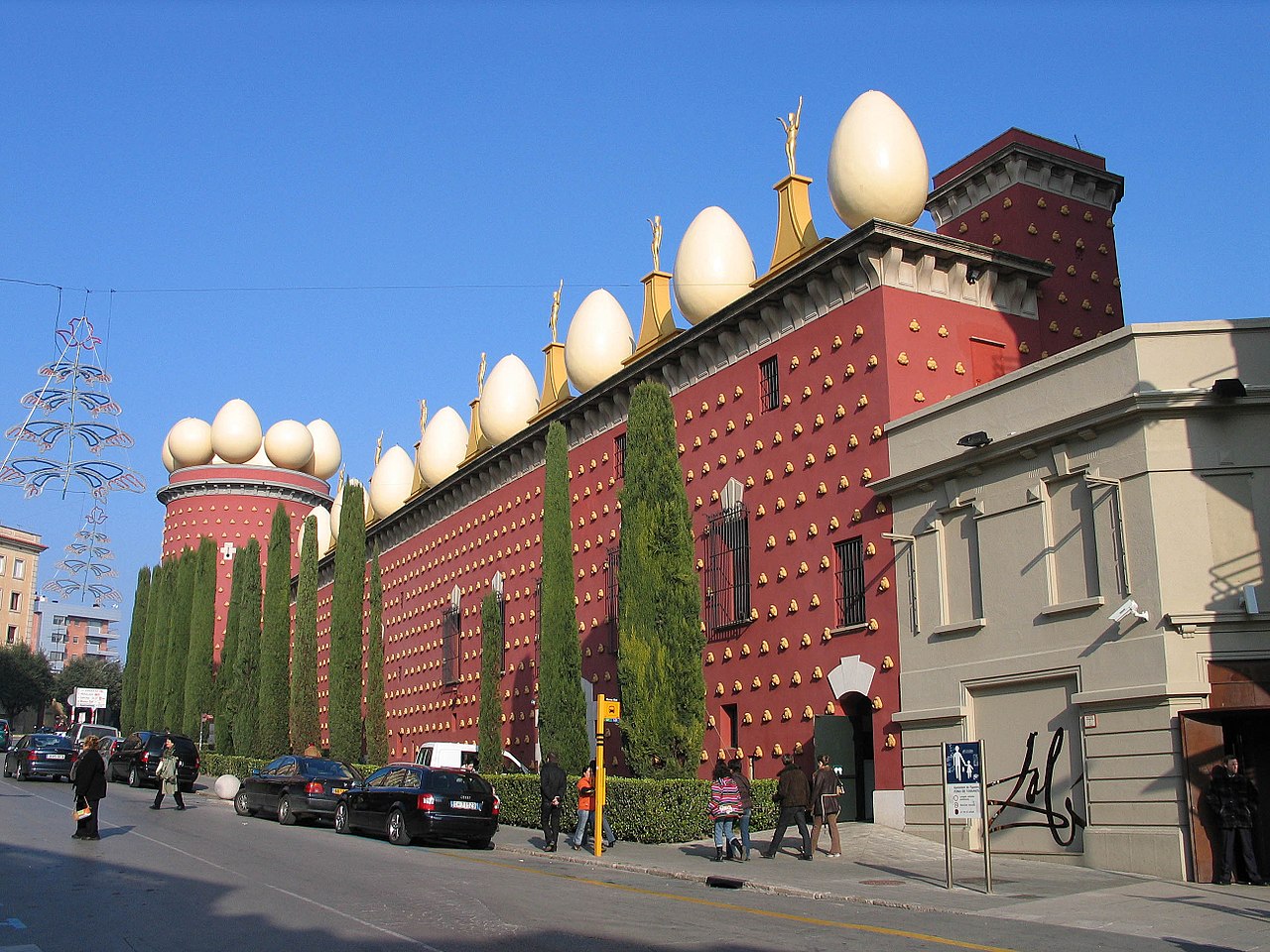
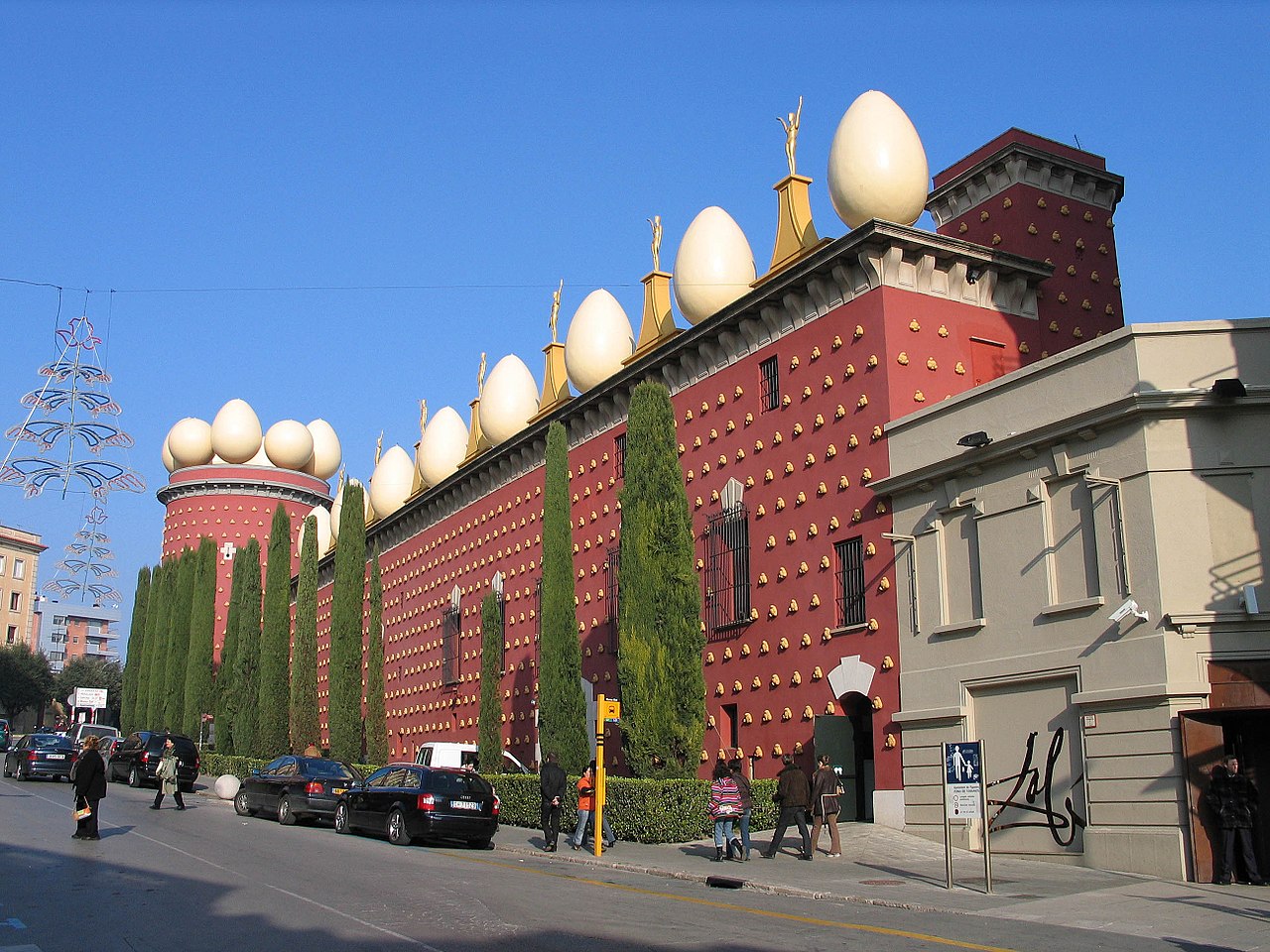
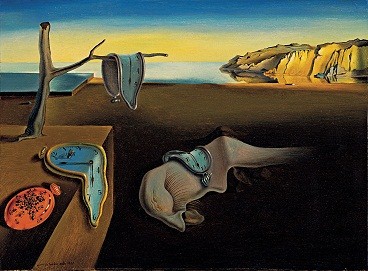
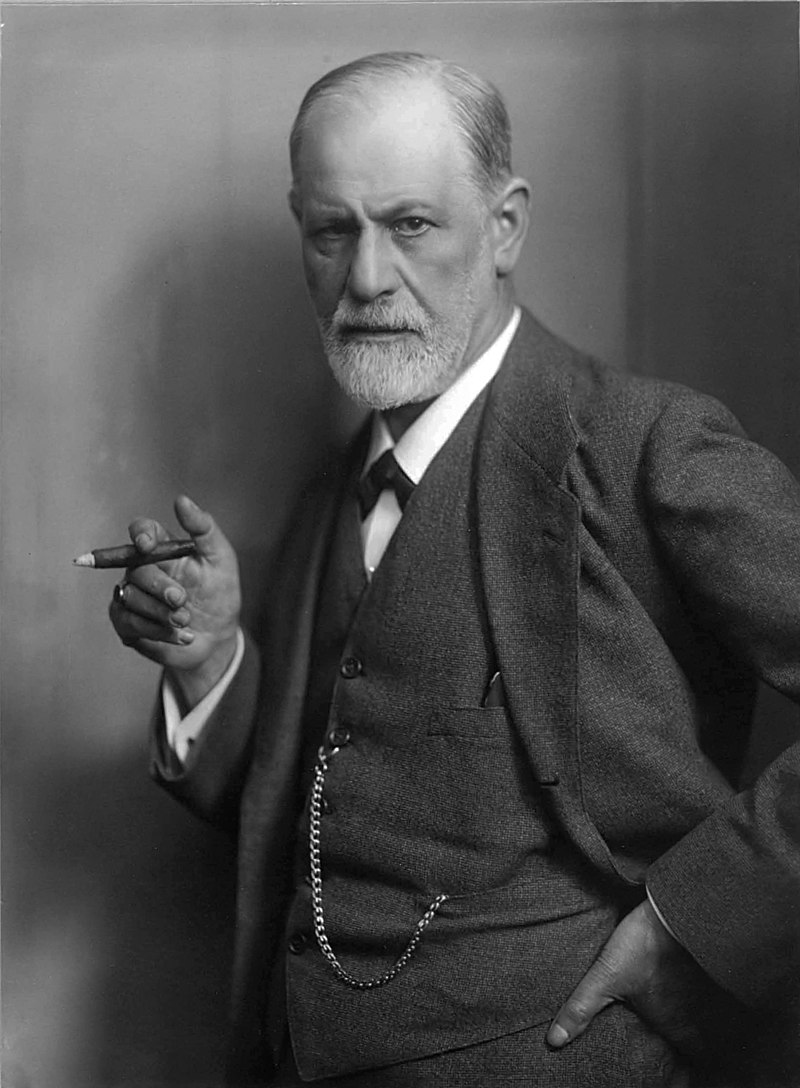
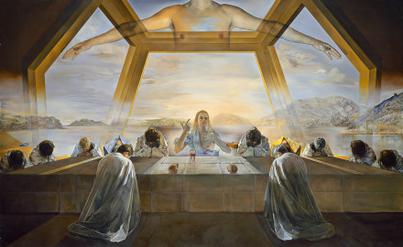
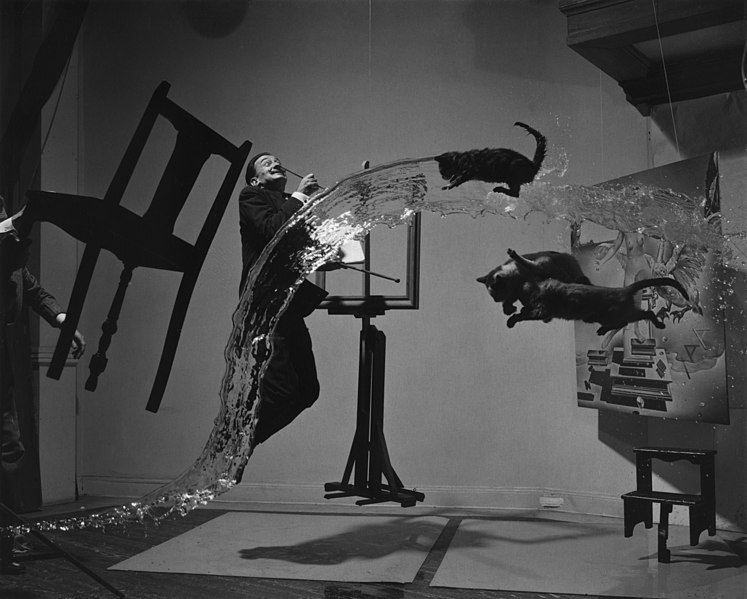
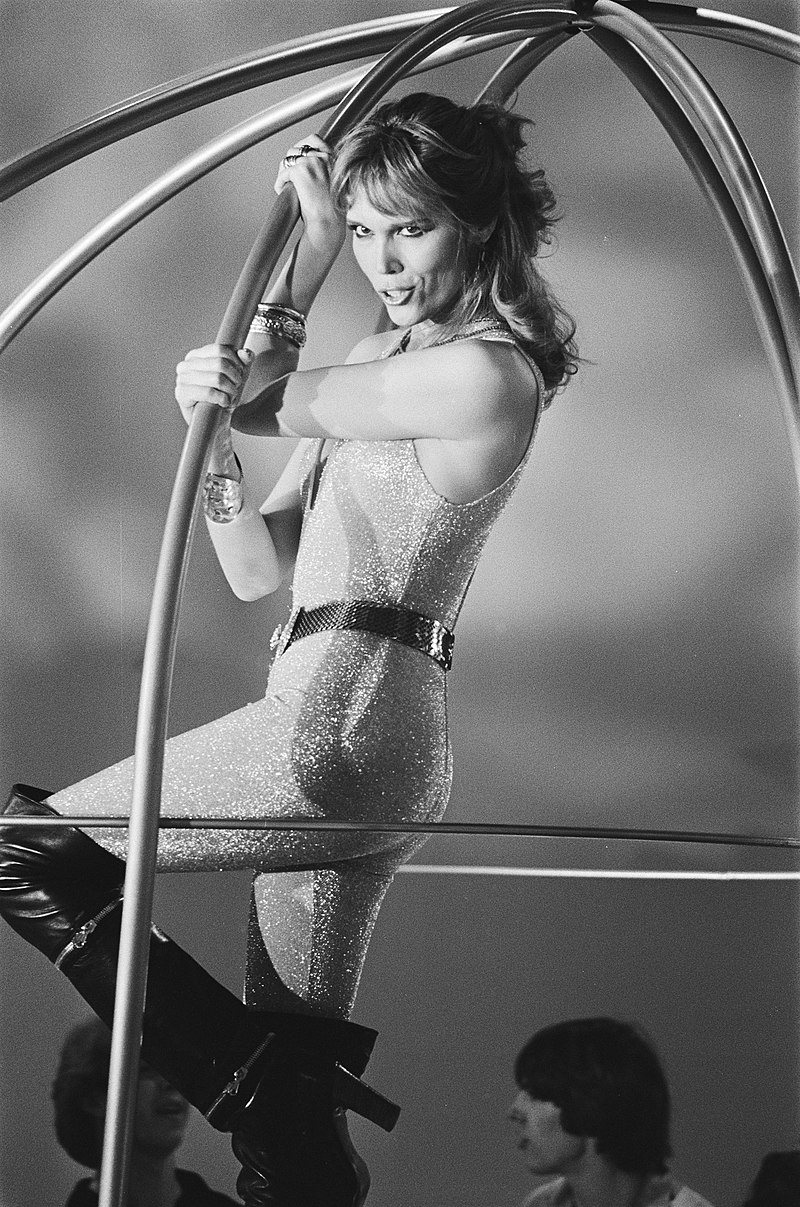
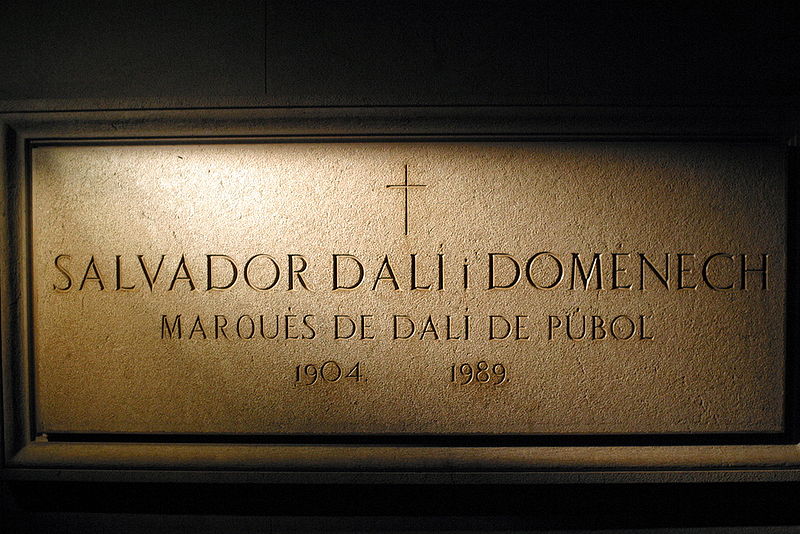

Comments
Links